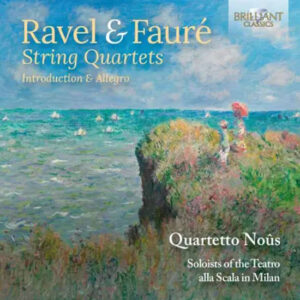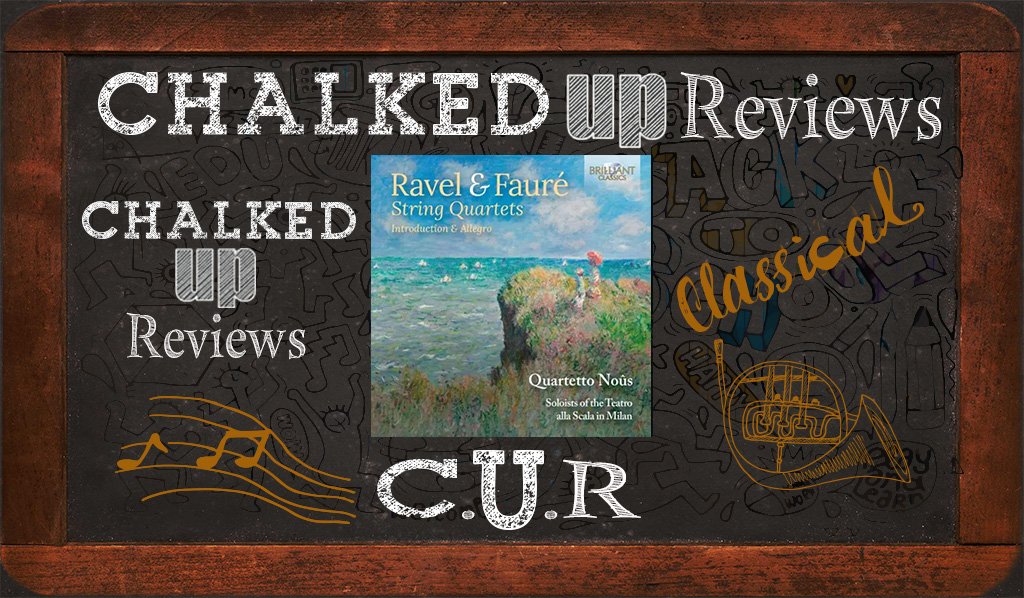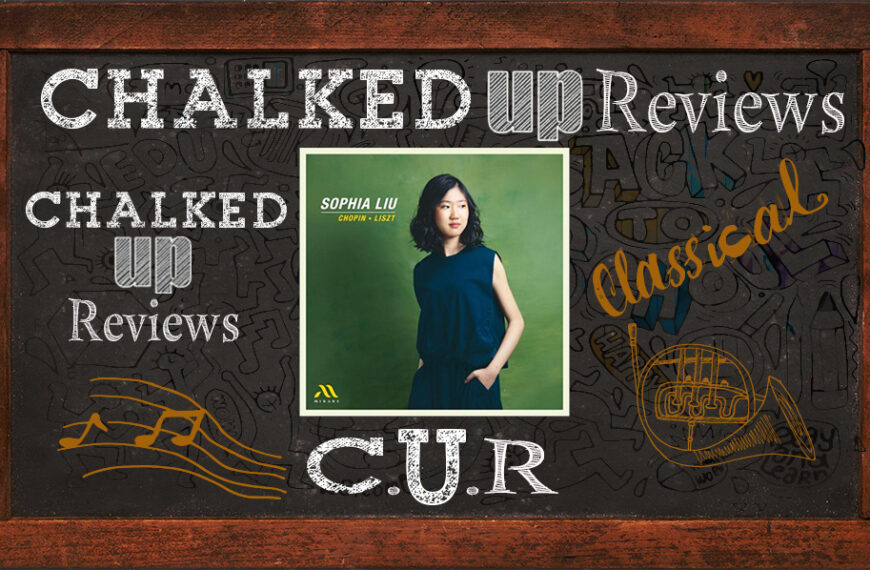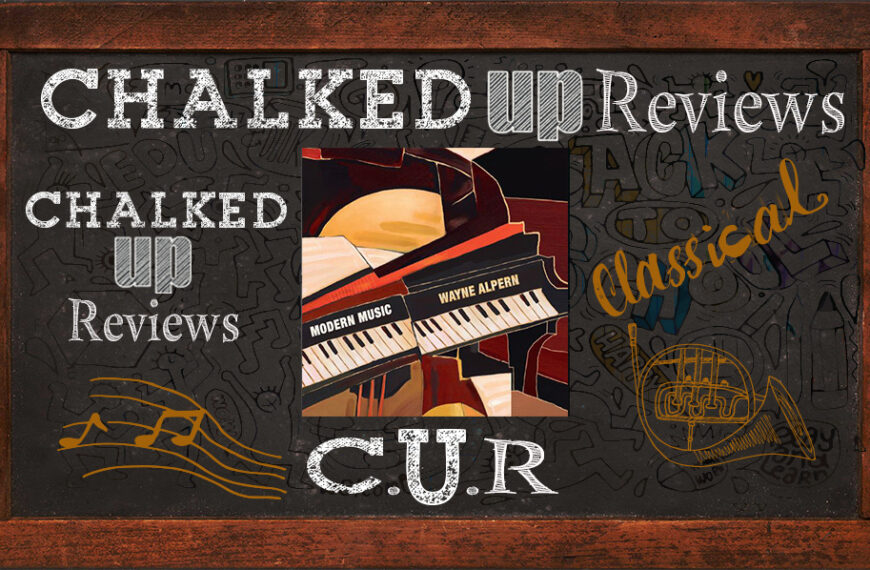
French chamber music of the early 20th century stands as a dialogue between tradition and renewal. In Ravel & Fauré: String Quartets, Quartetto Noûs brings these contrasts to vivid life, offering performances that are deeply informed interpretations, informed by historical awareness with modern clarity.
Ravel’s String Quartet in F major, written in 1903, is a young composer’s statement of identity, brimming with rhythmic and instrumental brilliance. In comparison, Fauré’s influence and Debussy’s precedent are audible. Quartetto Noûs emphasizes Ravel’s originality: the crystalline textures of the Allegro moderato bloom under Sofia Manvati and Alberto Franchin’s violins, while Sara Dambruoso (viola) and Riccardo Baldizzi (cello) anchor the harmonic richness with supple depth. The second movement’s playful textures are sculpted into something that has a forward rhythmic engine that highlights Ravel’s fascination with dance and folk idioms. Ravel’s harmonic energy conveys his youthful urgency.
Ravel’s Introduction & Allegro for flute, harp, clarinet, and string quartet provides a luminous counterweight. With Andrea Manco (flute), Fabrizio Meloni (clarinet), and Luisa Prandina (harp), the ensemble extends the album’s palette. The players highlight Ravel’s orchestration as harp arpeggios shimmer, woodwinds converse with strings, and textures evoke the pastel impressionism found in his orchestral writing.
Fauré’s String Quartet in E minor, Op. 121 is a three-movement structure of gradually building moods. Where Ravel is exuberant, Fauré is inward; where Ravel seeks new forms, Fauré pares everything down to essence. Quartetto Noûs understands this contrast and shapes Fauré’s score as such. Quartetto Noûs balances the moving voicings, making every gesture matter. Fauré’s musical style is one of inward communion. Quartetto Noûs brings out the fragile and deceptively simple sonorities and melodies in the Andante. Fauré composed the middle Andante, and then wrote the first and last movements to match its feeling. The use of form is subtle, but vitally important to the structure.
Quartetto Noûs performs the French chamber music with clear grounding in 19th-century lyricism and 20th-century modernism. Ravel’s quartet, with its rhythmic vitality and harmonic daring that would ripple through later French music. Fauré’s quartet distills the Romantic spirit into a pure, modal clarity. Quartetto Noûs approaches these works as complements, making for an elegant album flow.
With their experience in recording the complete Shostakovich quartets, Quartetto Noûs have shown their adeptness at navigating stylistic evolution across a composer’s career. In Ravel & Fauré: String Quartets they turn that same sensitivity toward French repertoire, capturing its elegance, transparency, and subtle daring. Illuminating the historical lineage without sacrificing freshness, Quartetto Noûs reaffirms that the quartet medium remains one of classical music’s most eloquent works.


